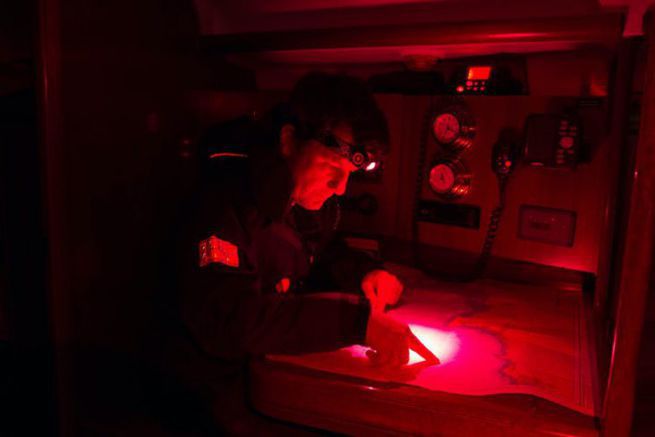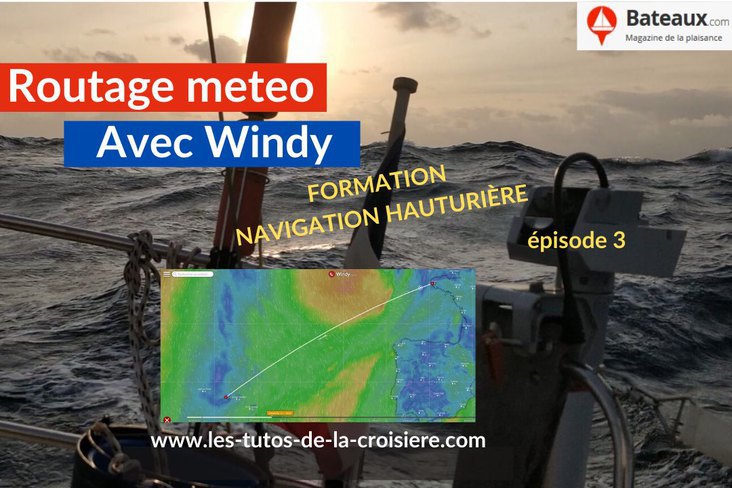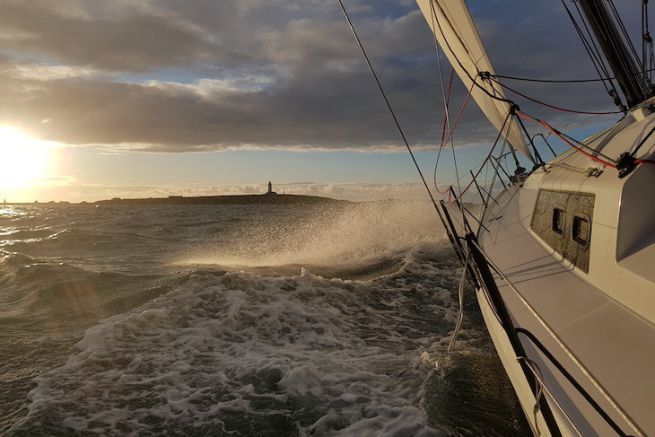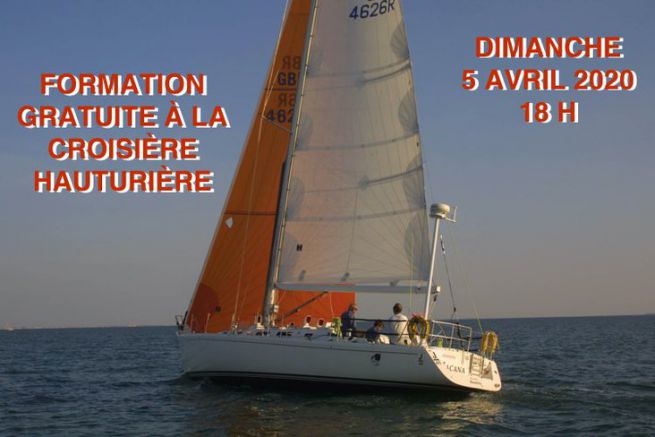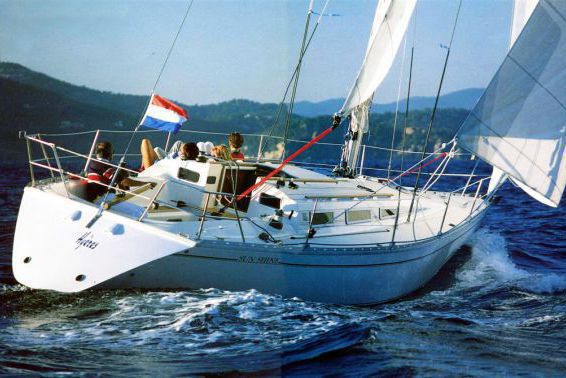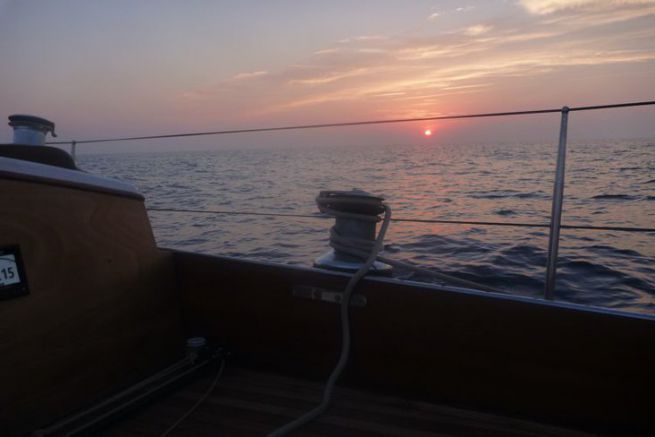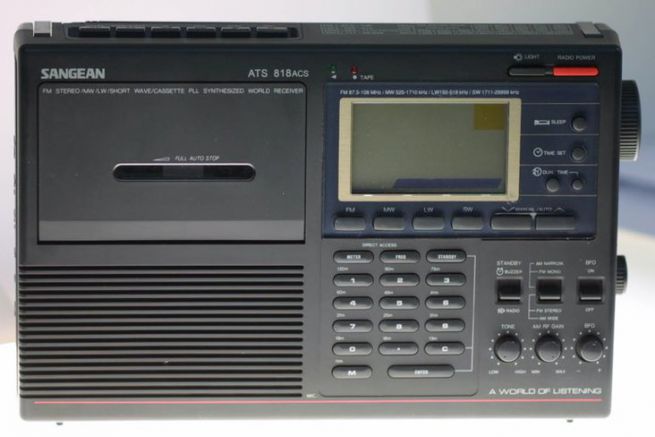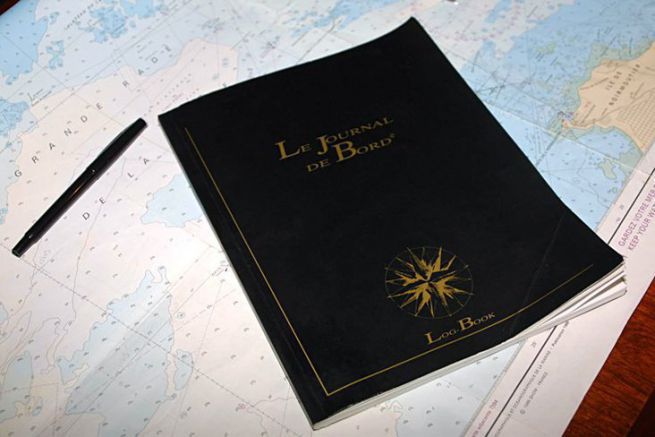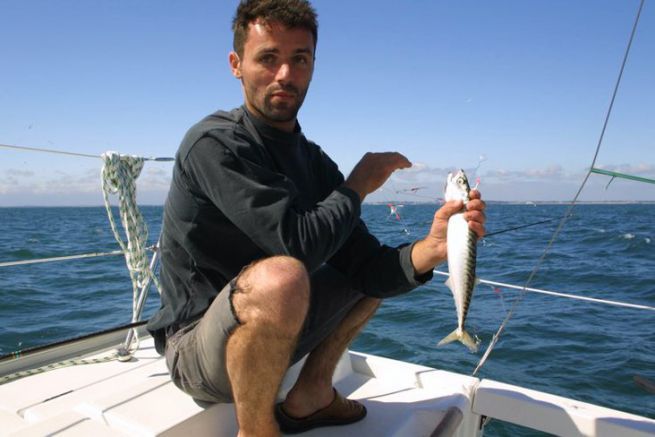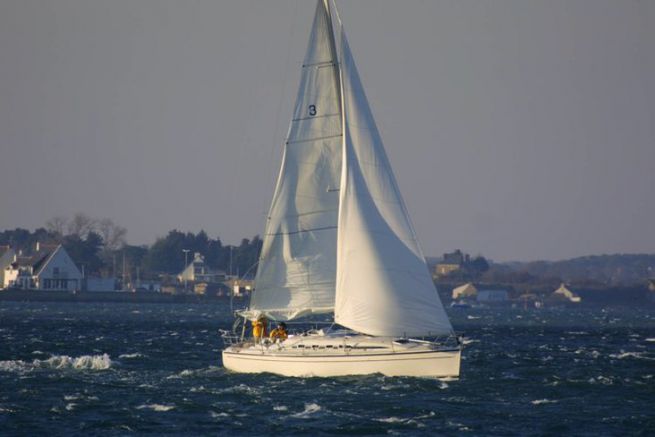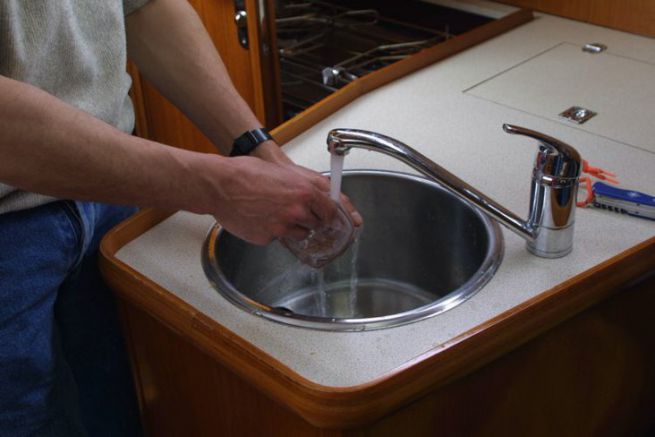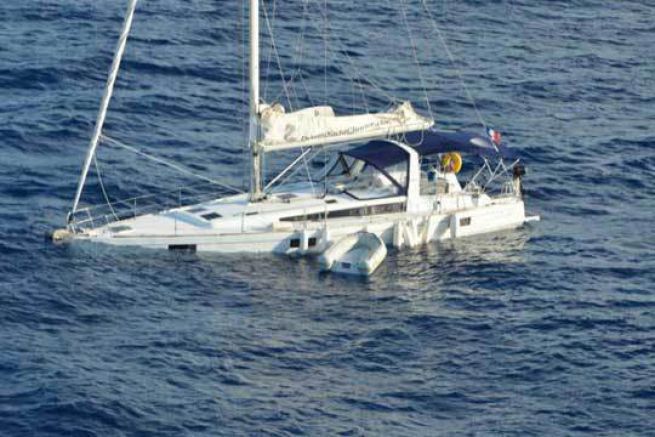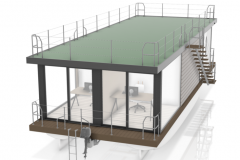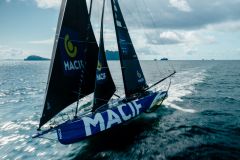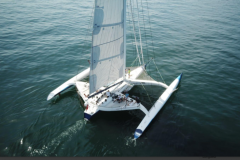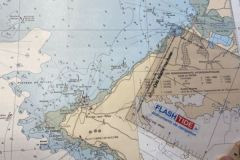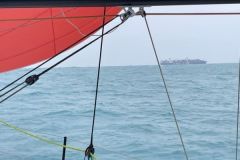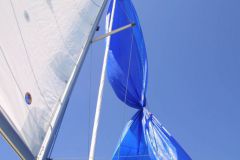During this second episode of the Suhaili to Horta crossing, we took the time to tackle a few important notions in order to understand night sailing.
The quarters

Watches can be established in various ways, but at the beginning of the crossing, the skipper must check the crew's autonomy at night before entrusting them with the safety of the crew. He takes care to double all watches as much as possible, depending on the number of crew members. In addition, the skipper instructs each crew member to wake up if there is any doubt about a decision to be taken. Once everyone has got their bearings, it is possible to leave the crew to look after themselves with very precise safety instructions.
Finally, depending on the conditions (heavy traffic, bad weather), if the crew is large enough, watches can again be modified as required.
Safety at night

Each crew member on watch wears a self-inflating vest equipped with a harness and lanyard. In his vest he has an individual AIS beacon, and in his pockets a flashlight. As soon as he leaves the cabin, he must attach his lanyard to the lifeline. Inside the boat it is preferable to keep a red light so as not to lose night vision. Headlamps should also illuminate in red.
Ship's lights

Ship's lights are not always easy to recognize. It is useful to display a laminated chart of these lights near the companionway to help crew members identify them. Fishing vessels often use powerful searchlights that cover their main beam, making it difficult to understand their intentions. In this case, it is very useful to have an AIS receiver to determine their position, course and speed
Crossing a rail (traffic separation device) at night

On the rails, merchant ships have priority. Sailing ships must cross them as perpendicularly and quickly as possible without hindering them. In this case, when traffic is heavy, do not hesitate to use the engine, AIS and radar while keeping as many crew members awake as necessary.
Off the rails, sailboats have priority over cargo ships and ferries, their avoidance devices help them to divert. This does not prevent us from remaining cautious..

